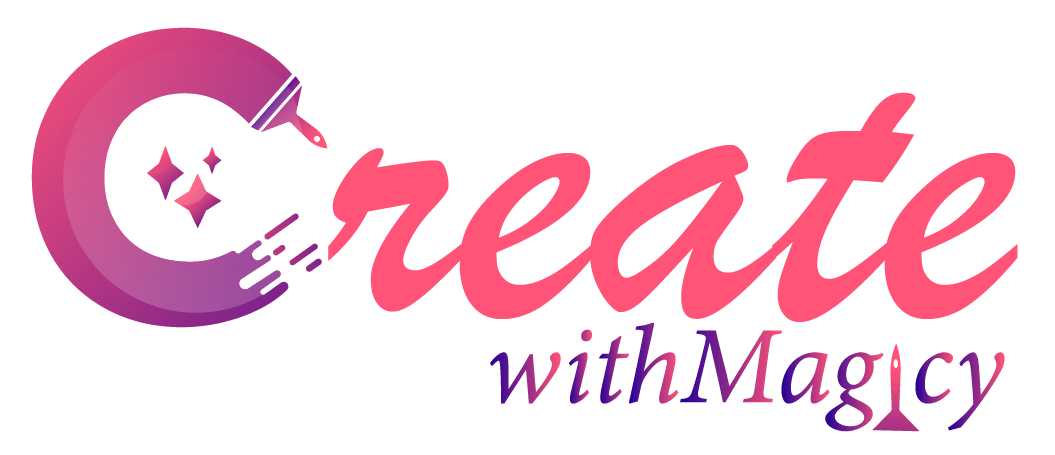Brand Story Framework: How to Create Messaging That Truly Resonates?

The modern digital world is fast and consists of numerous changes, and consistency and efficiency in design have never been more significant than they are now. This is where Creative Design Systems come in. A properly designed design system is also capable of assisting the teams to produce products with a coherent visual representation, but it also simplifies the design process, allowing faster iterations and favorable cooperation. The blog will discuss the key aspects of creative design systems, such as style guides, and elements and how they can improve the design workflow in general.
Learning Creative Design Systems
A Creative Design System is an overall structure comprising a set of design standards, guidelines, as well as reusable elements. It can act as a single point of truth among the designers and developers, where all are now on the same page on the visual and functional features of a product. With a design system in place, organizations have a chance to design a more cohesive brand experience no matter where the customer touches it.
Major Elements of a creative design system
Style Guides
Any design system has its base on a style guide. It describes the appearance of a brand, such as color schemes, types, visuals, and branding. The style guide is used as a guideline to all team members, which ensures the uniformity of design in different applications, functioning as a practical visual identity brand design guide.
- Color Palette: The main, secondary and accent colors that will be the face of a brand. It must have colors, which can be reproduced on any medium, with their color codes (HEX, RGB, CMYK).
- Typography: stipulates what fonts will be used, whether in headings or body text, and any special font styles. The font sizes, lines, and spaces are guided to ensure the readability and visual hierarchy.
- Imagery: Gives guidance on the imagery that should be employed such as photography, illustration and iconography. This makes sure that the visual assets are in line with the tone and message of the brand.
UI Components
User interfaces consist of UI components, which are essential in designing a uniform user experience. These components may be reusable buttons, reusable forms, reusable navigation bars and reusable cards and are created to simply fit into different applications.
- Buttons: Set the style of various button conditions (default, hover, active, disabled) to make the overall appearance and experience look and feel consistent. Instructions concerning the distance between the buttons, padding, and the application of icons can also increase the usability.
- Forms: Determine the format and style of the input fields, checkboxes, radio buttons, and dropdowns. They are clear on the instructions to be followed on handling of errors and on the validation messages, which make a user experience seamless.
- Navigation: Provides directions to navigation menus (drop downs and side bars). Placement and design are consistent to give the user an intuitive feeling when using the applications.
Design Tokens
Design tokens are also a comparatively recent development of design systems, which are the smallest units of a design system. These tokens offer an option of storing design decisions (colours, spacing, typography among others) in a format that can be easily transportable across different platforms.
- Color Tokens: Store color values in a form that can be easily accessed in code in order to be consistent in the use of colors across the applications.
- Spacing Tokens: Spacing values (margin, paddings) are defined in a scalable way such that a designer and developers can use to ensure that the same spacing is used throughout the design.
- Typography Tokens: Standardize font sizes, weights and line heights, and it is easier to guarantee typographic consistency between platforms.
Documentation and Guidelines
The effectiveness of a design system cannot be better than the documentation. The design system should be accompanied by comprehensive guidelines which would offer directions on how to utilize the components and also guidelines on the style. This documentation may contain:
- Usage: Visual representations of the way to use the components in different contexts so that the designers can see how to use it correctly.
- Code Snippet: In the case of development teams, it is possible to give code snippets to every single component of the applications to integrate smoothly.
- Best Practices: Design principles, accessibility principles, and responsive design considerations are guidelines that make the design system not only attractive to the eyes but also functional and inclusive.
Advantages of Creative Design Systems
- Consistency: Teams can have a unified appearance and feel of products and platforms by having a central source of design standardization, which helps enhance brand identity.
- Efficiency: Reusable elements and guidelines can save a lot of time on the design and development stage, and the teams can work on developing and innovating, instead of being engaged in repetitive work.
- Collaboration: It is a documented design system that allows greater understanding between designers and developers, reducing the possibility of misunderstanding and increasing collaboration.
- Scalability: A design system can be simply changed and scaled as business expands and changes, and thus it becomes easier to change with new branding rules or needs of the new design.
- User Experience: The consistency of design translates to improved user experiences, as users get used to the interface, hence navigation becomes easier and interaction more understandable.
Conclusion
Organizations that wish to simplify their design processes to achieve brand consistency need creative design systems. A properly adopted design system can improve collaboration, efficiency, user experience, generated by simple style guides to reusable UI components and design tokens. Since the demand for integrated digital experiences is ever-expanding, a creative design system is no longer a trend among modern businesses, but also a strategic requirement.
FAQs
1. Where do I begin with designing a system for my team?
You can begin by making a design system by first auditing your existing design resources and finding areas of inconsistency. Then, establish visual aspects of your brand, including colors and typography, and establish a style guide. On that, create reusable UI elements and document them. Involve your team in the process to make sure the system is able to suit the needs of everyone.
2. Is it possible to have a system of design that develops over time?
Yes, a design system is to be a living document that is updated to the needs of your brand and your users. Also update the system on a regular schedule according to user and team member feedback, new designs, and technology. This flexibility makes the design system to be relevant and useful.



